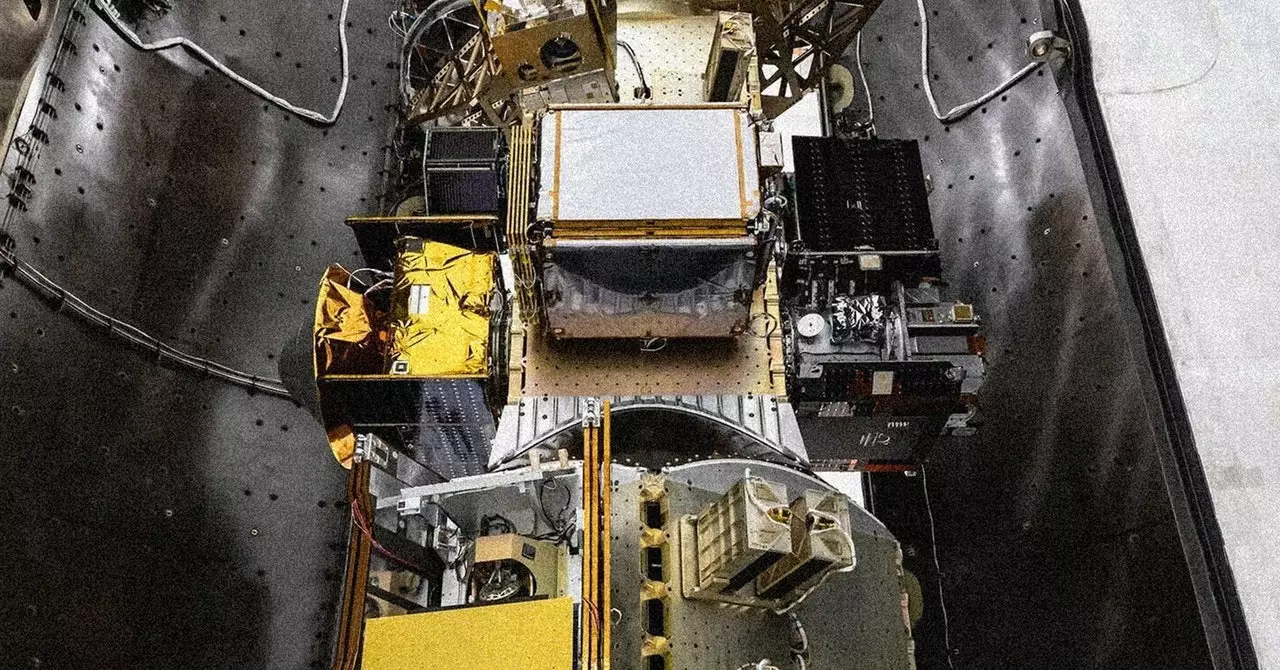In an age where catastrophic wildfires are becoming increasingly frequent and devastating, timely information is paramount for effective response. The sentiment championed by experts like Krystal Azelton, a senior director at the Secure World Foundation, underscores the urgency of harnessing technology effectively during emergencies. The humanitarian impact of fires necessitates that the data collected via satellites and artificial intelligence (AI) is not simply accurate but also quickly disseminated to the relevant firefighting and emergency management agencies. The notion that time compresses in disaster scenarios reveals a fundamental truth: disasters demand rapid decision-making, and failure to act in time can exacerbate the consequences.
The potential for AI to enhance data analysis in this arena is undeniable. However, Azelton cautions that even advanced technology cannot guarantee uniformity in its outcomes. There’s an inherent unpredictability in data interpretation and dissemination—a disconnect that becomes evident when considering the sheer volume of information generated. The pressing question remains: how do we ensure that these insights are actionable and reach the hands of those who need them most?
The Promise and Perils of Advanced Monitoring Technology
Enter Fire Sat, a project dedicated to making wildfire tracking data readily accessible to those on the front lines. Van Arsdale, an advocate for the Fire Sat initiative, articulates the challenges inherent to fire management. Firefighters often operate in a chaotic environment, characterized by a ‘fog of war’ that can obscure their situational awareness. While satellite technology may undoubtedly enhance the breadth of data available, it also runs the risk of overloading responders with information. The importance lies not just in having the data but in ensuring that it’s meaningful and interpretable for those grappling with the urgent realities of wildfire response.
Contemporary methods, such as the camera networks established by AlertWildfire, have already showcased their efficacy in detecting fires rapidly across various regions, including the recent Palisades Fire. There is a captivating paradox here: while satellite imagery can detect the inception of a fire almost in real time, this newfound immediacy does not necessarily equate to a faster response on the ground. The complexity of mobilizing resources—firefighters, equipment, and tactics—remains a significant hurdle. Understanding the root of the problem is vital in advancing fire management strategies.
AI as a Tool for Community Awareness and Preparedness
Daniel Swain, a climate scientist and fire tracker, echoes a critical insight; while satellite technology and AI facilitate communication and situational awareness, they do not address the underlying constraints faced by firefighting operations. This reality aligns closely with the evolving narrative around public safety: technology must not only equip responders but also empower communities.
The capacity for satellite-enabled updates to provide immediate information to at-risk populations can significantly enhance public preparedness. Awareness of where a fire is situated—especially one that threatens homes and lives—can enable individuals to make informed decisions about evacuating or safeguarding their property. However, the efficacy of such technology ultimately hinges on how well the data circulates within community networks, from government agencies to individual citizens.
Commercial Interests and the Future of Firefighting Technology
Interestingly, this surge in technological investment aimed at combating wildfires is not purely altruistic; it coincides with an uptick in private sector involvement where profit motives intersect with public safety needs. As more companies vie to develop advanced firefighting solutions, the balance between commercial gain and ethical responsibility becomes increasingly precarious.
The allure of innovation must be tempered with consideration for those affected by wildfires. Entrepreneurs in this space must pursue solutions that genuinely address the complexities of fire management, rather than merely capitalizing on the urgency of the situation.
While the integration of AI and satellite technology into wildfire management offers an exhilarating glimpse into the future of firefighting, the success of such initiatives will ultimately depend on how effectively they bridge the gap between technological potential and real-world applicability. The journey from data collection to actionable intelligence is fraught with challenges, and as we confront the realities of climate change and increasing wildfires, our response must be as dynamic and adaptable as the flames we seek to combat. The path ahead is laden with immense potential but demands critical examination and thoughtful action.


Leave a Reply